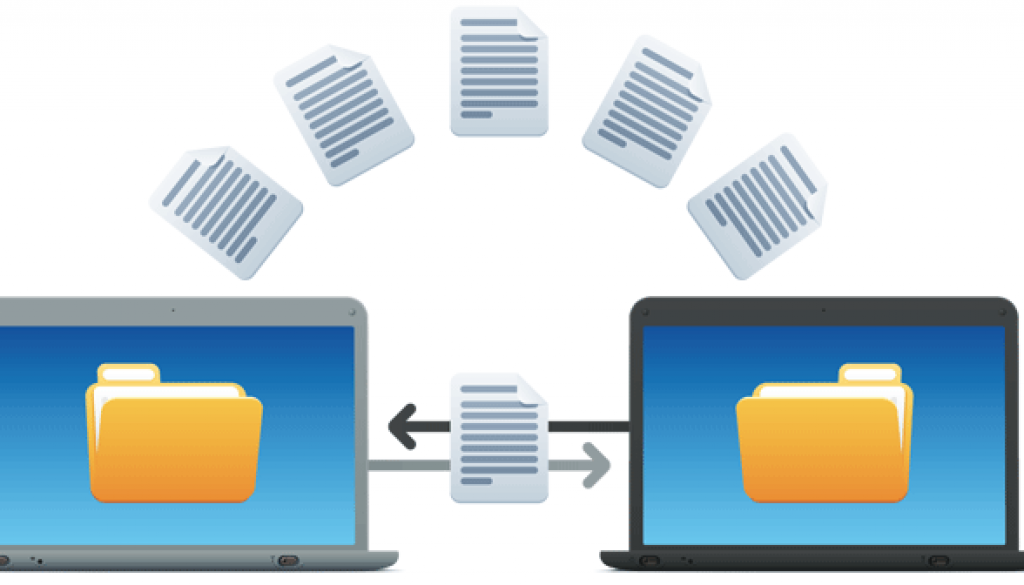A file transfer is the process of sending files from one device to another. This can be done through a computer or a storage hardware device like a hard drive or USB-connecting flash drives. File transfers can also be conducted online through a secure platform. These platforms can offer a variety of features that improve the efficiency and security of file transfer processes.
In order to make the most of your file transfer process, you should consider several factors that will impact its effectiveness and efficiency. For instance, you will want to ensure your platform offers a range of secure protocols that will protect business-critical data during transit. Likewise, you will want to ensure your solution supports application programming interfaces (APIs) that allow for integration with other software applications.
For businesses that handle regulated information like Personally Identifiable Information (PII), protected health information (PHI) and financial data or regulated federal information like controlled unclassified information (CUI), regulatory compliance must be a major factor in the choice of file transfer standards. Not only can noncompliance be incredibly costly, it can also damage your business’ reputation.
The type of file you are transferring will also play a role in which file transfer standard you choose. For example, if you are transferring large files, you may want to opt for a cloud-based file transfer system to reduce upload and download times. This is because these systems typically use a distributed network of servers to quickly transfer files that are too big to fit onto a single server.
On the other hand, if you are transferring sensitive or confidential information, you will want to choose a protocol that offers strong encryption. This will convert the data into ciphertext that only the intended recipient can decode and read. This will help prevent unauthorized access and minimize the risk of a data breach that could impact your organization’s business operations and bottom line.
When selecting a file transfer standard, you should ensure your solution supports the industry’s most secure encryption and transmission protocols. These include SSL/TLS, FTPS, SFTP and HTTPs. You should also consider whether your platform supports a range of other industry-leading security features like role-based access controls, location-based and time-based access control and DLP.
Lastly, you will want to be sure your file transfer standard has user-friendly and easy-to-use tools for uploading and downloading files. This will help to increase employee adoption and overall productivity. It is also a good idea to select a system that supports a range of mobile devices so employees can use the system from their preferred device. In addition, a robust search feature will help to make finding files much easier. This will help your team save valuable time during file transfer and increase overall productivity.MediaFire Alternative


